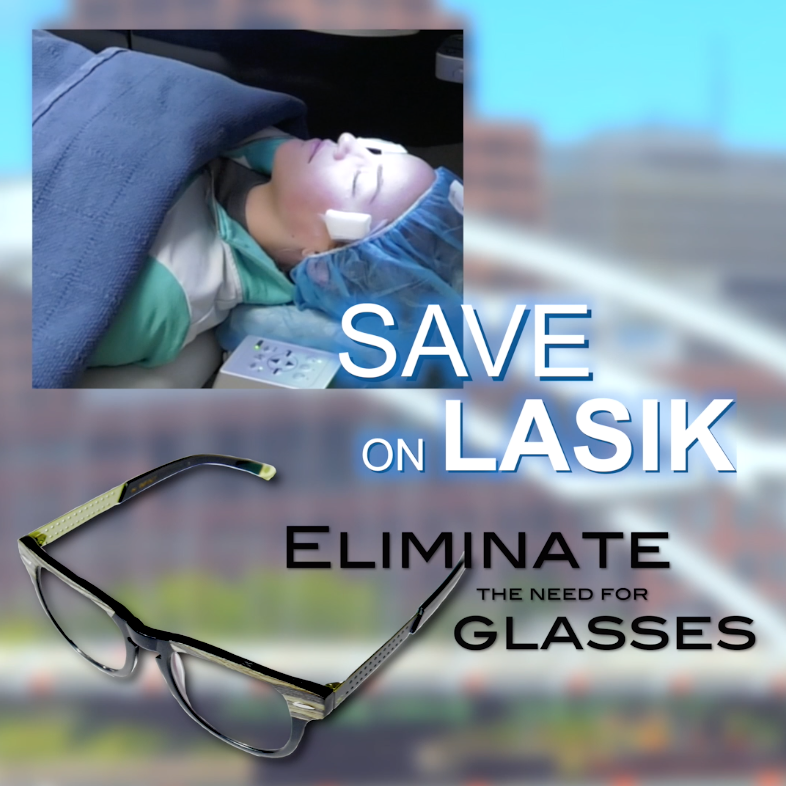Did you know you can make allowances in your Flexible Spending Account or Health Savings Account which is a great way to plan for LASIK or Optical Shop?
So what exactly is a Flexible Spending Account (FSA)?
A Flexible Spending Account (FSA) is a special savings account available through your employer. You put money from your paycheck into it to set aside for medical expenses in the coming year. It’s a great option for people thinking about getting LASIK because you don’t pay taxes on it.
That’s right, the government doesn’t tax the money you contribute to your FSA so you get to keep more of it, which takes some of the pressure off significant medical expenses. It can be used to pay for out-of-pocket medical expenses (or those not covered by insurance), and according to the IRS, “eye surgery to treat defective vision, such as laser eye surgery” is among them.

How it Works
You can put up to $2,550 into your FSA per year, though in most cases you must use that money during that period. Some employers offer a grace period of two extra months to use this money, or allow $500 to be carried over to the following year, but your employer isn’t required to offer either of those options (and they’re not allowed to offer both). So be sure to read the fine print.
What you don’t use, you lose, so you’ll want to put some thought into it. You may also be eligible to use your spouse's account if you don't have one. Most cover the entire family.
So what's the difference between FSA and Health Savings Account (HSA)?
Both HSAs and FSAs allow people with health insurance to set aside money for health care costs referred to as “qualified expenses,” including deductibles, copayments and coinsurance, and monthly prescription costs. Sometimes employers will also contribute funds to these accounts. In most cases, you receive a debit card for your account and can use it to pay for qualifying expenses throughout the year. Both types of accounts have tax benefits, too, although those benefits aren’t the same.
Health savings accounts are not available to everyone. This is the first key difference, and if you aren’t eligible for an HSA, it makes your decision much easier. Only people who have a high deductible health plan, or HDHP, can select an HSA.
Using Your FSA or HSA for LASIK and Optical Shop
In most cases FSA won’t cover the entire cost of a bilateral LASIK procedure but it will get you some or most of the way there. And it’s doing so with pre-tax dollars, so you get more mileage out of FSA funds than you would from savings set aside directly from your salary.
If you know you want to get LASIK one way to plan and save for it is by using the amount allowed for by your FSA, or HSA supplemented with other savings.
If you have more questions you can run the numbers for yourself by comparing the cost of LASIK to your contacts or glasses using this cost calculator.
Don't miss out on clearly better vision this year! Hurry-get $600 off if you book your free consultation before the end of November!
Come to our next event and learn more about LASIK.
 The Rochester Eye & Laser Team
The Rochester Eye & Laser Team




